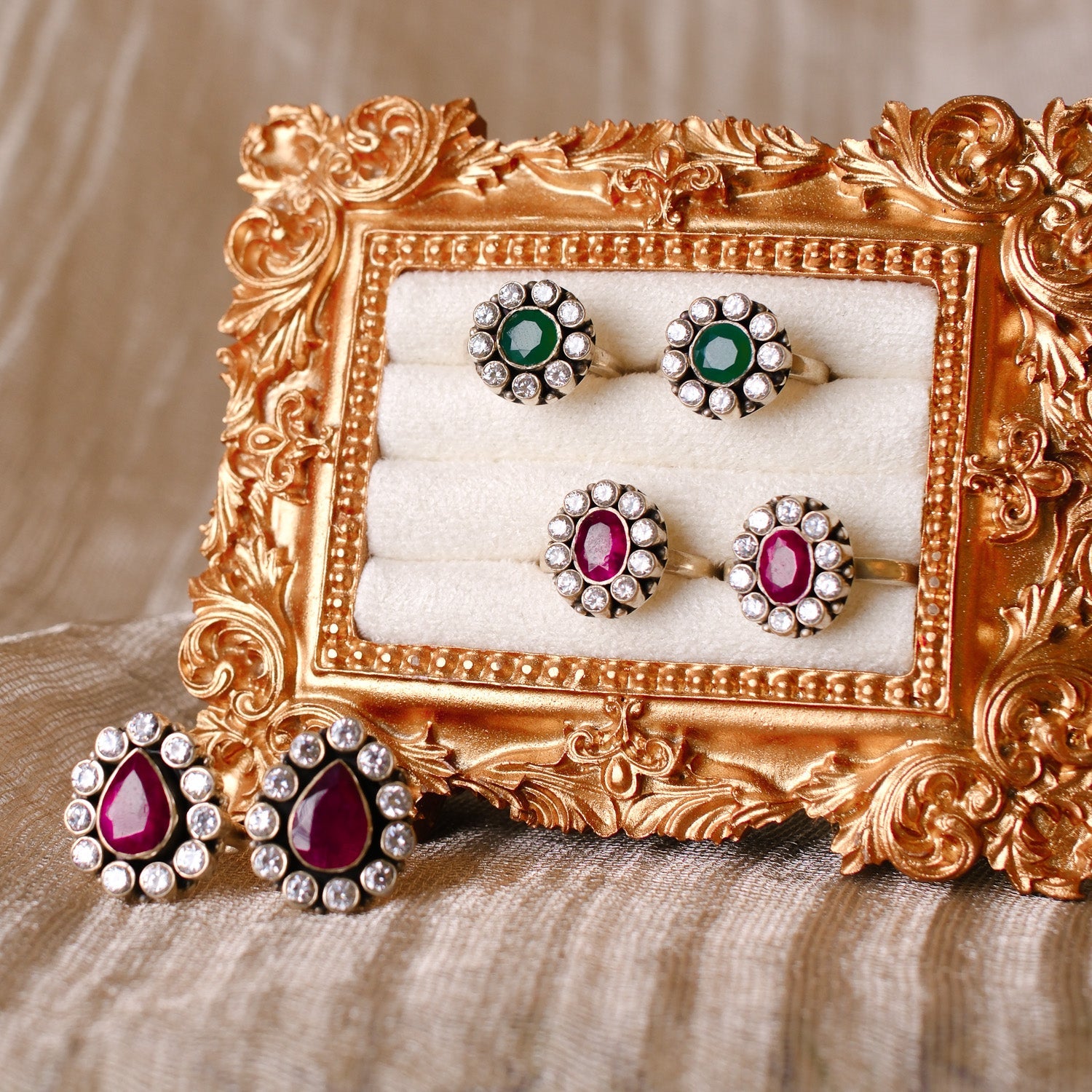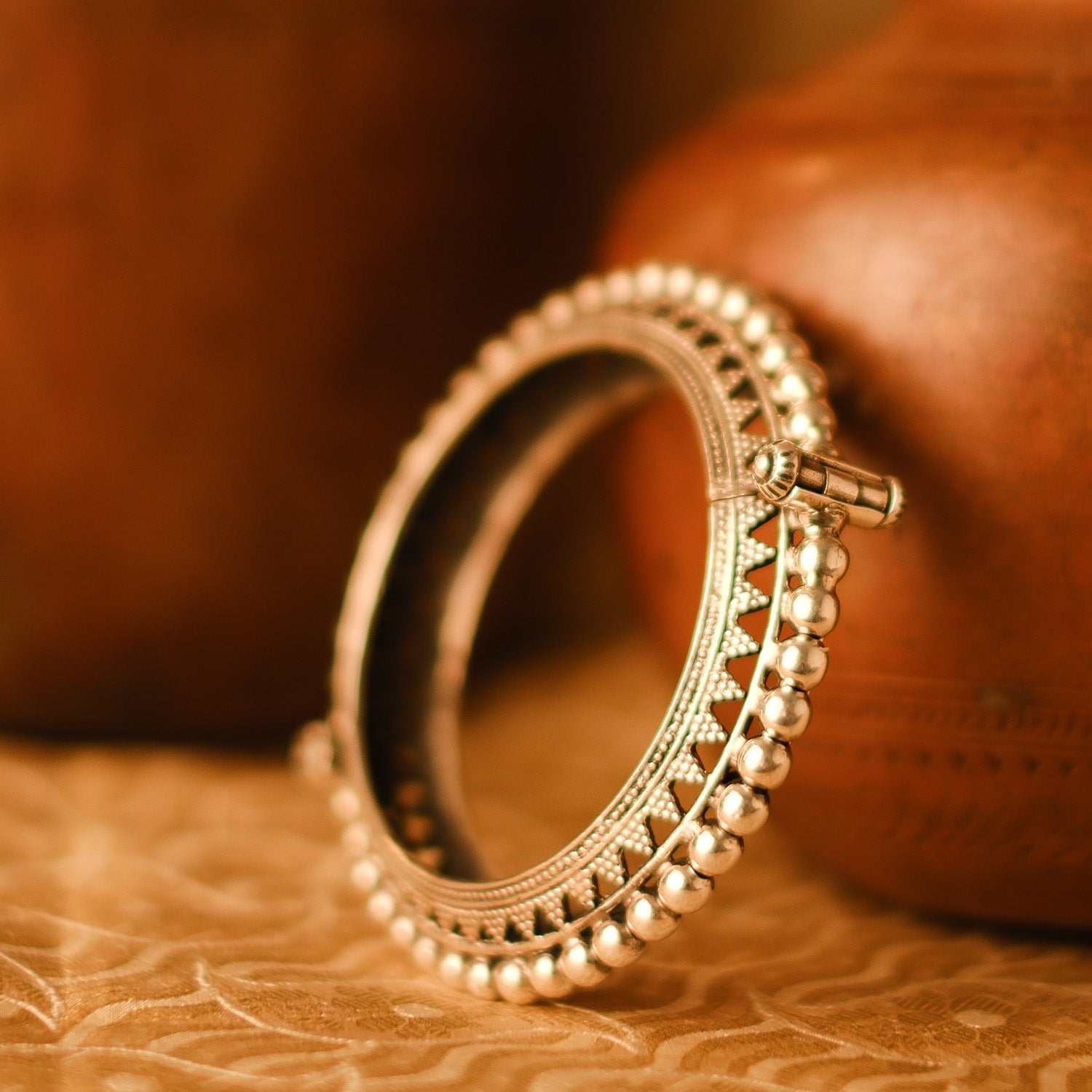
The Significance of Silver Toe Rings in Indian Culture
More than adornment — a symbol of tradition, balance, and womanhood.
In Indian culture, jewelry has always carried more than aesthetic value. It is symbolic, spiritual, and often deeply personal. Among these adornments, the silver toe ring, or mettelu/bichiya, holds a special place — especially in a woman’s journey through marriage, femininity, and connection with the earth.
A Symbol of Married Life
Traditionally worn on the second toe of both feet, toe rings are considered a sacred mark of marriage in many Indian communities, especially in South India. During wedding ceremonies, the groom places silver toe rings on the bride's feet as part of the ritual — a gesture as meaningful as exchanging rings in Western traditions.
They are not just jewelry, but an everyday reminder of sacred vows and companionship.
Why Silver?
Unlike gold, which is seen as divine and worn above the waist in many customs, silver is associated with the earth and the moon — calming, grounding, and nurturing. It is believed to absorb energy from the earth and channel it into the body, enhancing fertility, hormonal balance, and emotional well-being.
Worn near vital nerve endings in the feet, silver toe rings are said to stimulate reproductive organs and regulate a woman’s cycle — a blend of traditional wisdom and ancient Ayurveda.
Beyond Tradition: A Return to Roots
In modern times, women are rediscovering the toe ring not just as a marital symbol, but as a statement of style and strength. When handcrafted in pure silver and reimagined with contemporary design — like those at The Loving Good — they become wearable pieces of culture, passed down with pride.
Whether you're celebrating a new beginning or honoring timeless roots, the silver toe ring is a quiet, graceful expression of heritage — one step at a time.

